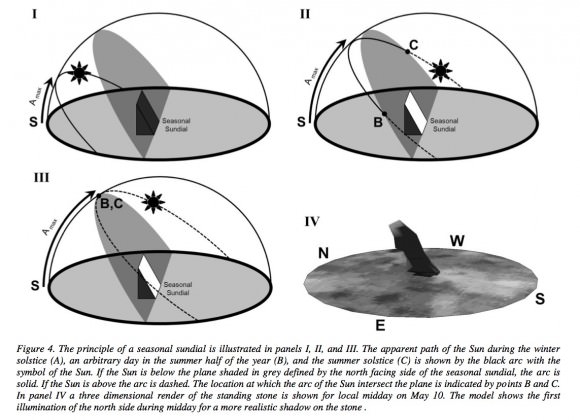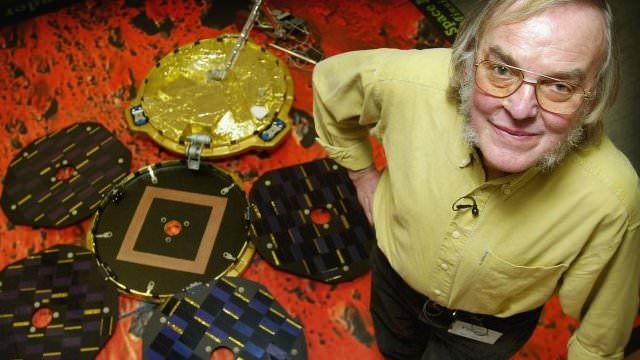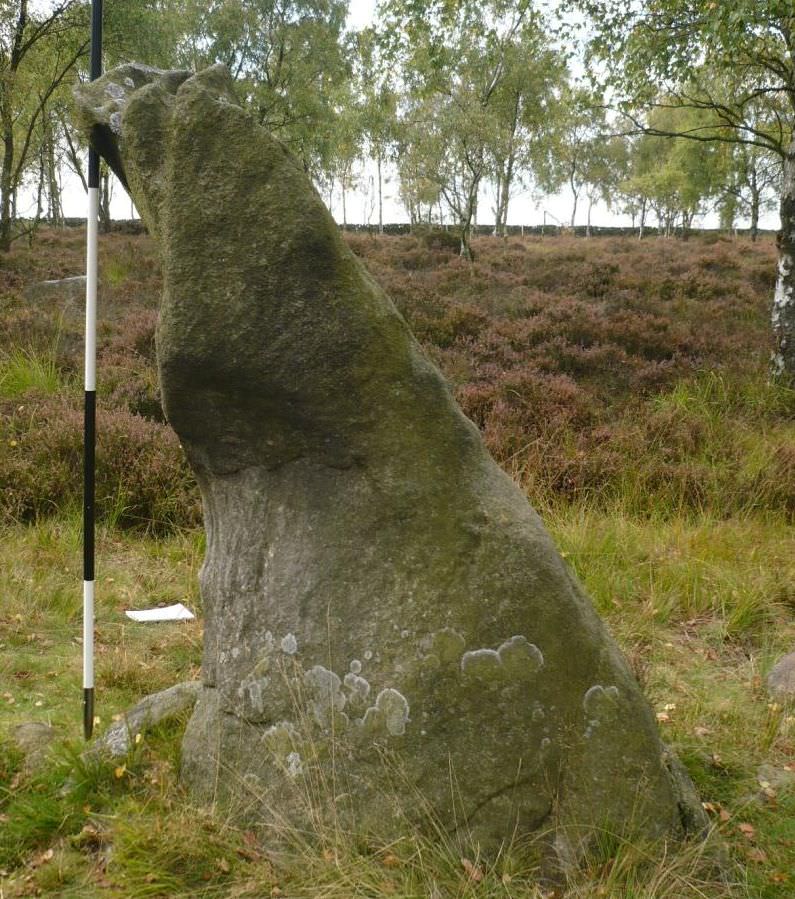The rail service here in the UK is often the brunt of jokes. If it’s not the wrong type of rain, or the leaves are laying on the tracks the wrong way then it’s some other seemingly ludicrous reason that the trains are delayed, or even cancelled. A recent study by scientists at the University of Lancaster suggest that even the solar wind might cause train signals to be incorrectly triggered with potentially disastrous consequences.
Continue reading “Solar Storms Could Cause Mayhem to Trains”Planetary Scientist Colin Pillinger Dies
British planetary scientist Colin Pillinger has passed away. Pillinger, age 70, was best known as leading the 2003 attempt to land the Beagle 2 spacecraft on Mars, part of the European Space Agency’s Mars Express mission.
His family said in a statement: “It is with profound sadness that we are telling friends and colleagues that Colin, whilst sitting in the garden yesterday afternoon, suffered a severe brain hemorrhage resulting in a deep coma. He died peacefully this afternoon at Addenbrooke’s hospital, Cambridge, without regaining consciousness … We ask that all respect our privacy at this devastating and unbelievable time.”
While the Beagle 2 spacecraft failed and likely crashed on Mars, the mission was notable because it was the first time an individual researcher had sent their own vessel into space and the first British-built interplanetary spacecraft. However, a lack of funding meant the Beagle 2 project always struggled. The spacecraft did launch, but all contact with Beagle 2 was lost after its separation from the Mars Express spacecraft, just six days before atmospheric entry.
However, the BBC noted that the mission was “a turning point in bringing together the space science and industrial communities in the UK – which didn’t used to speak with one voice. Beagle-2 wasn’t built in Colin’s backyard: it was the product of UK brains and hard-work in many companies and universities.”
You can read more about Pillager’s career and achievements at the BBC and the International Business Times.
NASA Engineer Answers 4-Year-Old’s Questions With a Personal Video
Like many kids his age, 4-year-old Lucas Whiteley is fascinated about space and astronauts and has a lot of questions to ask. Unlike most kids, though, Lucas got his answers directly from a NASA engineer, with a custom-made video no less!
Continue reading “NASA Engineer Answers 4-Year-Old’s Questions With a Personal Video”
Meteorite Crashes Into London Cab
Londoners awoke this morning to news of a meteorite which struck a taxi in the heart of the city’s busy shopping district Covent Garden. Witnesses were left stunned by what looked like a scene straight out of a science fiction film. An incident team arrived almost immediately to cordon off the meteorite and keep the public at a safe distance.
No one was injured as a result of the incident, but it’s a cosmic harbinger of things to come…
Of course, the “things to come” turn out to be 4 weeks of science programs on Eden TV’s Science Month, which starts up in July.
The incident was in fact a well-orchestrated publicity stunt by the UK’s Eden TV (Sky 532 Virgin 208). Science Month will run all day every day during the month of July. Highlights in the first week include Wonders of the Universe (Monday 2 July at 9pm), Finding Life Beyond Earth (Monday 2 July at 10pm), The Code (Wednesday 4 July at 10pm) and Deadliest Volcano (Thursday 5 July at 7pm).
Sure, after all’s said and done it was a PR stunt. But it was a cool PR stunt (even if not quite scientifically accurate!)
Come on, we all know that meteorites aren’t steaming hot when they land. 😉
Was This Ancient Monolith a Stone Age Astronomy Tool?
[/caption]
Is this 2-meter-high slab of lichen-covered rock in a UK park an astronomical marker used by Neolithic people? Researchers from Nottingham Trent University are suggesting that may in fact be the case, based on the stone’s alignment, angle and proximity to other significant Stone and Bronze Age sites nearby.
The angular rock, known as the Gardom’s Edge Monolith, resides within the Peak District National Park in the central northern area of England. The research team has found that it’s aligned in such a way that its north side slopes at an angle equal to the maximum altitude of the Sun during the summer solstice.
Not thought to be so much a sundial as a seasonal dial, the shadows cast by the monolith seem to mark specific times of year… possibly denoting the “life cycle” of the Sun in the heavens.
Standing stones being rare in the region, It’s estimated that the monolith was set in place anywhere from 2,500 — 1,500 B.C. Evidence of packed stones and earth at the base also suggests human placement.
The team believes that the stone may have been a gathering point for ancient communities in the area.
“The stone would have been an ideal marker for a social arena for seasonal gatherings,” said Dr. Daniel Brown, lead author of the team’s paper. “It’s not a sundial in the sense that people would have used it to determine an exact time. We think that it was set in position to give a symbolic meaning to its location, a bit like the way that some religious buildings are aligned in a specific direction for symbolic reasons.”
Computer modeling of the stone and the Sun’s position throughout the year show that the stone’s slanted side would be in shadow during the winter, while during the summer it would be lit in the morning and afternoon. During midsummer, however, it would be illuminated all day.

More modeling and photographic work will be needed to confirm this hypothesis. If supported, it could lead to more archaeological study of the area.
Read the team’s full paper here, and read more on Sci-News.com.
Massive Fireball Witnessed Over The UK By Countless Observers
[/caption]
On the evening of March 3rd 2012 at approximately 21:40 GMT, an incredibly bright fireball/bollide was seen over the United kingdom.
Many people were outside enjoying a clear evening under the stars, or going about their ordinary business when they spotted the amazingly bright object shooting across the sky. Nearly all of the observations from the public from across much of the country described the object as a very bright fireball traveling from north to south and disappearing low in the sky.
The image above is from Mike Ridley, who said, “I was out tonight photographing the global rainbow display at Whitly Bay and saw this bright light hurtling across the sky. I quickly turned the camera to capture it as it flew overhead. With the naked eye I could see it white hot with an orange tail & really low in the sky. I thought it was a massive firework rocket.”
See two videos of the fireball, below.
Most accounts give a duration of around 10 to 15 seconds and the fireball showed a bright orange nucleus with a bright green tail. There was some fragmentation as the fireball ploughed through the atmosphere.
At present, it is unknown whether any pieces of the object survived and hit Earth’s surface, but there is a high possibility that if it did, it landed in the ocean.





